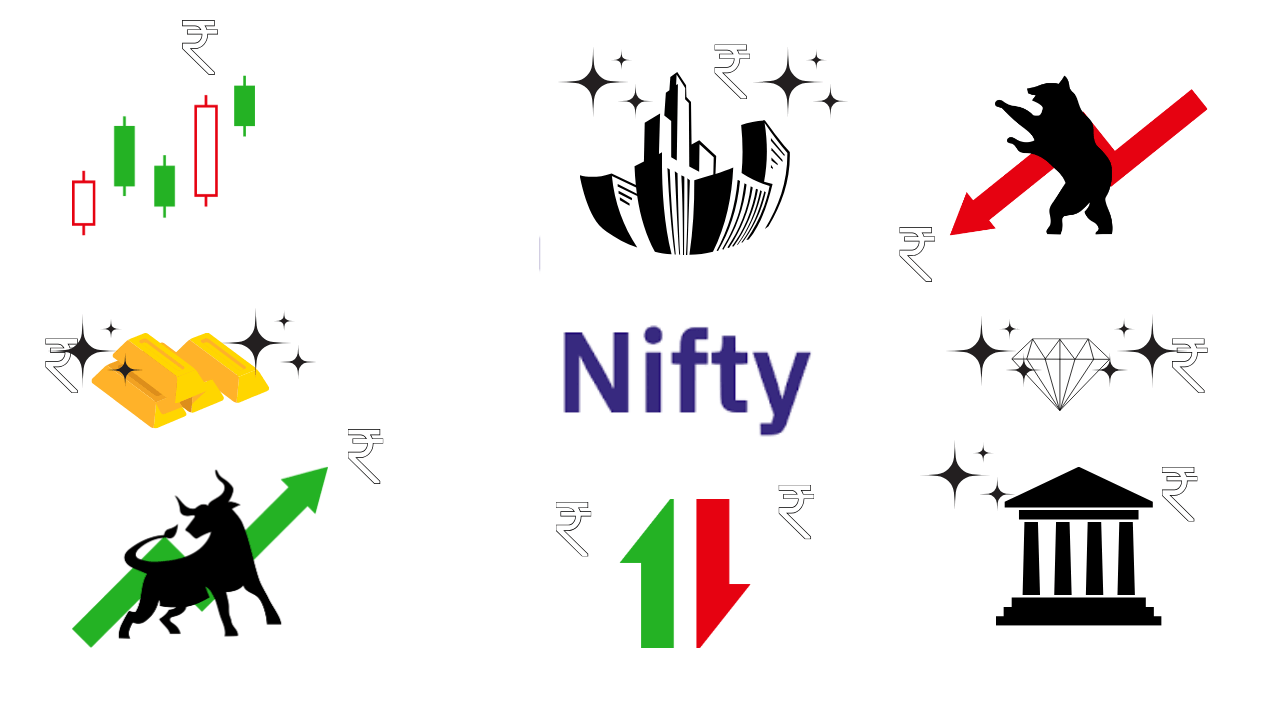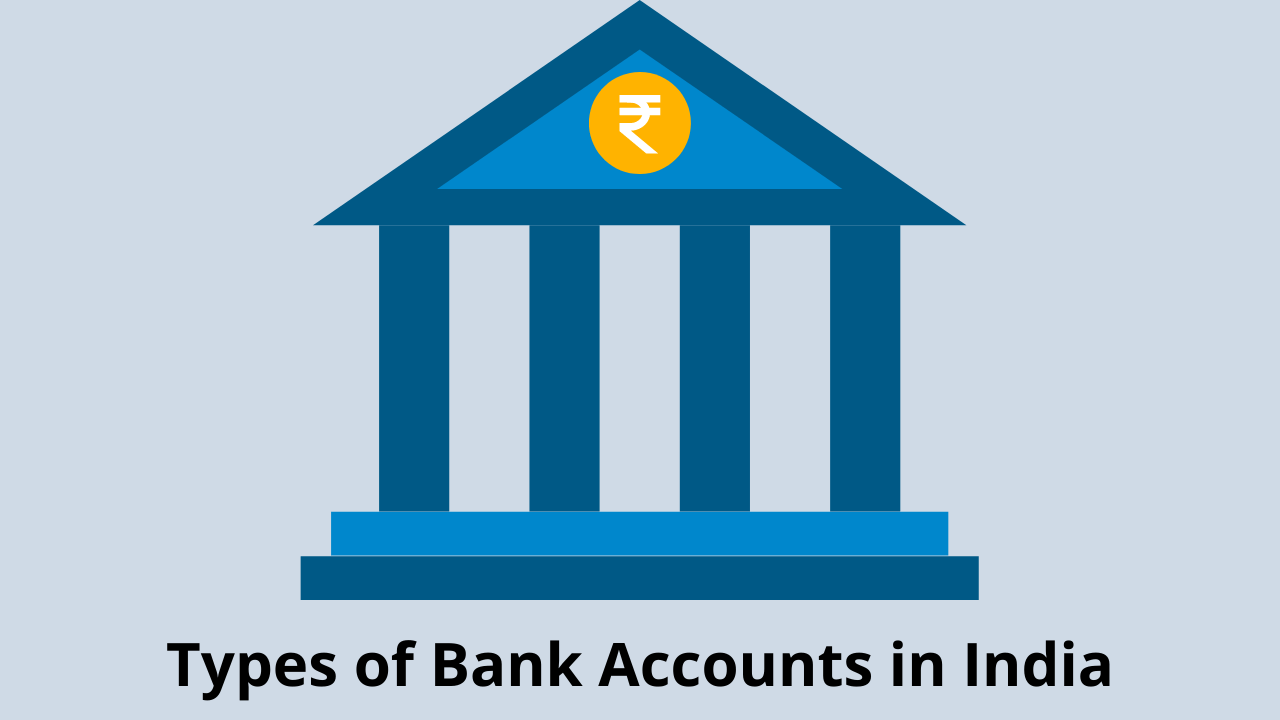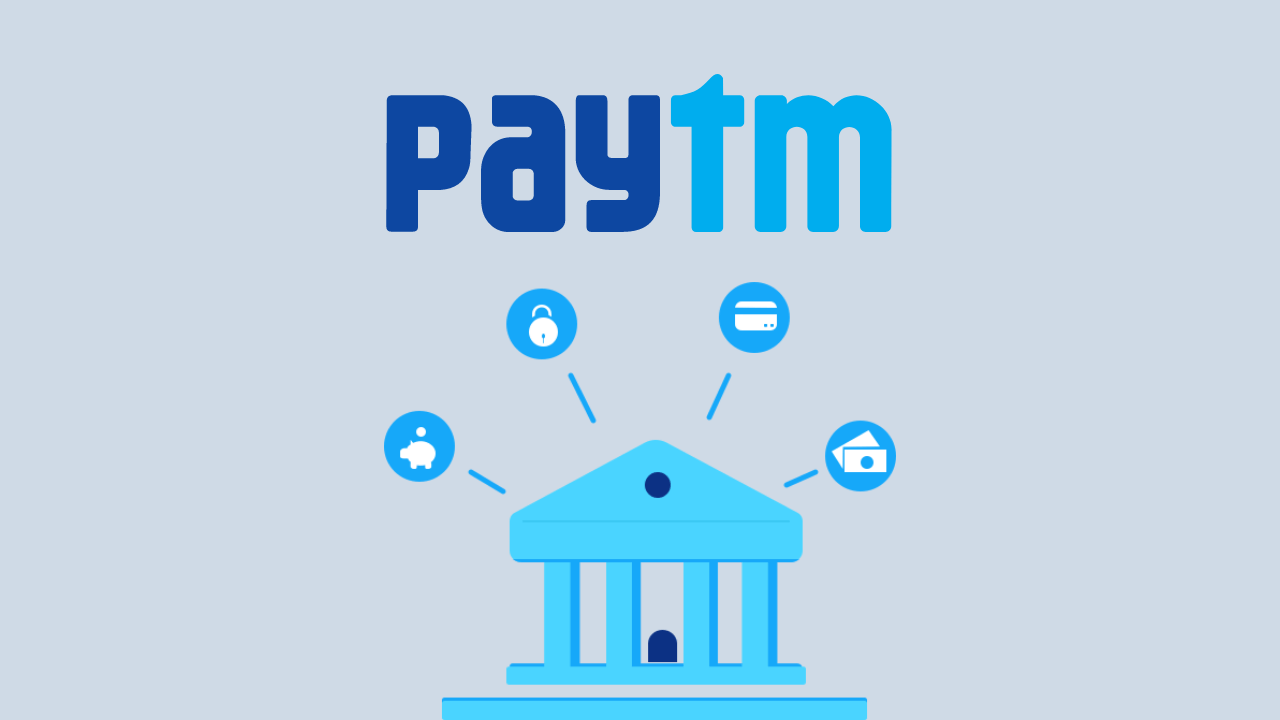In the intricate landscape of the Indian stock market, the term “Nifty” often takes center stage. If you’ve ever wondered what Nifty is and how it influences the financial realm in India, you’re in the right place. In this article, we will embark on a journey to unravel the nuances of Nifty, exploring its definition, significance, and its impact on investors and the broader financial market.
Defining Nifty:
Nifty, officially known as the Nifty 50 or the National Stock Exchange Fifty, is a stock market index in India. This index serves as a benchmark to measure the performance of the National Stock Exchange of India (NSE). Comprising 50 actively traded stocks across various sectors, Nifty reflects the overall market sentiment and provides insights into the health of the Indian equity market.
The Origin of Nifty:
The Nifty 50 was launched on April 22, 1996, by the National Stock Exchange of India. Its inception marked a significant step in bringing transparency and efficiency to the Indian stock market. Nifty was designed to represent the diversified nature of the Indian economy by including stocks from different sectors.
Nifty’s Composition:
Nifty consists of 50 stocks, carefully selected from various sectors such as finance, information technology, healthcare, energy, and more. The composition is based on stringent criteria, including market capitalization, liquidity, and trading frequency. These 50 stocks are considered blue-chip stocks, representing large and well-established companies.
Understanding Nifty’s Calculation:
The calculation of the Nifty index involves a complex process that takes into account the market capitalization of its constituent stocks. Market capitalization is the product of the current market price of a stock and its total outstanding shares. However, Nifty uses a free-float market capitalization methodology, which considers only the shares available for trading in the open market.
Mathematically, Nifty is calculated using the formula:
Nifty Index=Base Market Capitalization∑(Market Capitalization of Stock×Current Market Price)×Base Value
Here, the base market capitalization is the total market capitalization of the stocks in the index as of November 3, 1995, and the base value is set at 1000 points.
Significance of Nifty:
- Benchmark for Performance: Nifty serves as a benchmark for evaluating the performance of the Indian stock market. Investors and fund managers use it as a reference point to assess the returns generated by their portfolios against the broader market trends.
- Market Sentiment Indicator: As Nifty comprises stocks from diverse sectors, it acts as a reliable indicator of market sentiment. A rising Nifty suggests optimism and confidence among investors, while a declining Nifty may indicate uncertainties or challenges in the market.
- Investment and Trading Decisions: Nifty is a crucial tool for investors and traders in making informed decisions. It helps them gauge the overall market direction and identify potential trends, facilitating strategic investment and trading choices.
- Derivative Trading: Nifty is the underlying index for Nifty futures and options contracts, making it a popular choice for derivative trading. These instruments allow investors to hedge their portfolios, speculate on market movements, and manage risk efficiently.
- Global Recognition: Nifty has gained global recognition as a barometer for the Indian equity market. International investors often refer to Nifty to assess the attractiveness of investing in Indian equities.
Nifty Indices Beyond Nifty 50:
While Nifty 50 is the most widely followed index, NSE has introduced several other indices catering to specific segments of the market. Some noteworthy ones include:
- Nifty Next 50: Comprising the 50 companies following Nifty 50 in terms of market capitalization, Nifty Next 50 represents the broader market and serves as a stepping stone for companies aspiring to be part of the Nifty 50.
- Nifty Bank: Reflecting the performance of the banking sector, Nifty Bank includes major banking stocks listed on the NSE. It is a key indicator for gauging the health of the financial sector.
- Nifty IT, Pharma, and Other Sectoral Indices: These indices focus on specific sectors, allowing investors to track the performance of industries like information technology, pharmaceuticals, and more.
- Nifty Midcap 100 and Nifty Smallcap 100: These indices represent the mid-cap and small-cap segments of the market, offering insights into the performance of relatively smaller companies.
How Investors Can Utilize Nifty:
- Portfolio Diversification: Investors often use Nifty as a reference to diversify their portfolios. The inclusion of stocks from various sectors in Nifty 50 provides a diversified exposure to the market.
- Strategic Asset Allocation: Nifty’s trends help investors in strategically allocating their assets. Depending on market conditions, investors may adjust their exposure to equities, debt, or other asset classes.
- Risk Management: For risk-conscious investors, Nifty-based derivatives can be used for hedging purposes. Derivatives like Nifty futures and options enable investors to manage their portfolio risks effectively.
- Long-Term Investing: Long-term investors often use Nifty trends to identify entry points for investing in blue-chip stocks. The long-term historical performance of Nifty can serve as a guide for making informed investment decisions.
Nifty in the Digital Age:
In the digital era, accessing information about Nifty has become easier than ever. Real-time updates, historical data, and analytical tools are readily available on financial websites, trading platforms, and mobile applications. This accessibility empowers investors, both seasoned and new, to stay informed and make timely decisions.
Conclusion:
In conclusion, Nifty stands as a cornerstone in the Indian stock market, shaping investment decisions and reflecting the overall market sentiment. Its diversified composition, calculation methodology, and significance in derivative trading make it a versatile tool for investors and traders alike. Understanding Nifty provides a solid foundation for navigating the complexities of the Indian equity market, empowering individuals to make informed and strategic financial decisions. As the financial landscape continues to evolve, the Nifty index remains a beacon guiding investors through the ever-changing tides of the stock market.









